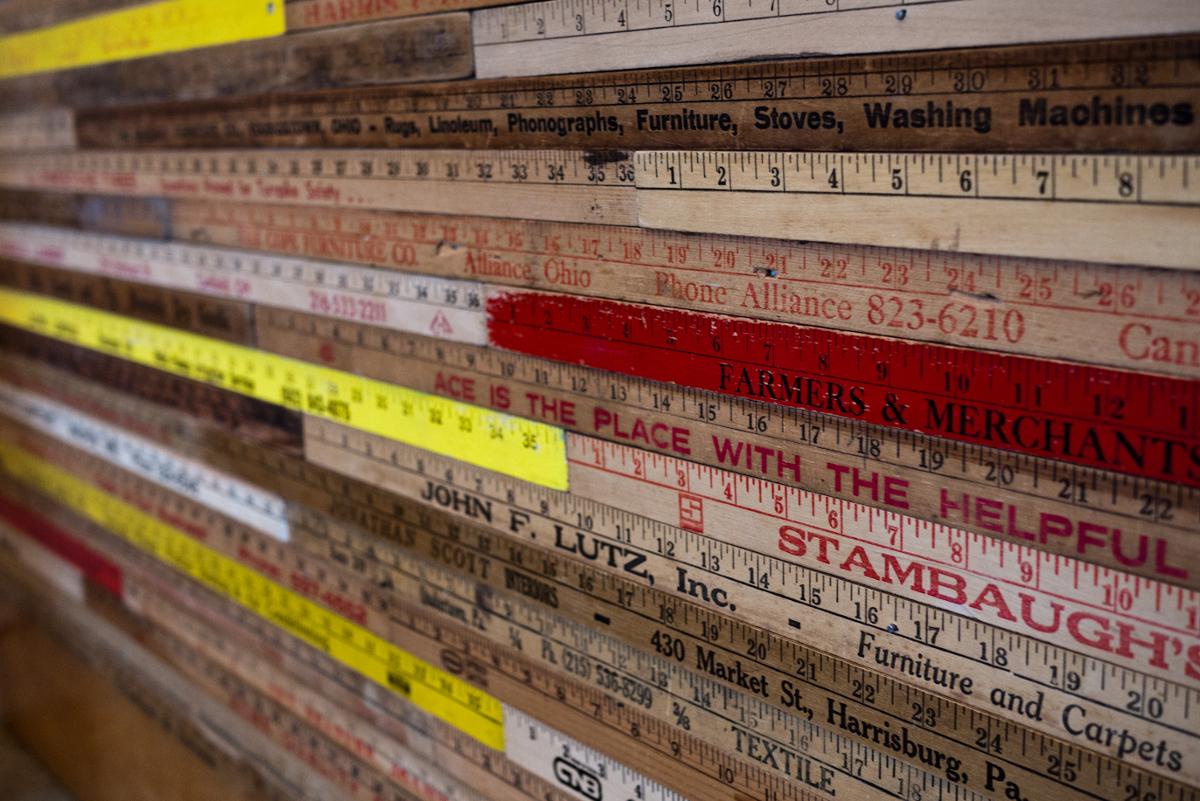Of all the home demonstrations we've described in this series, this might be the simplest. All you need is a ruler and a saucepan full of water.
Hold the ruler vertically and lower it into the water on the side of the pan farthest from you. Bring your eye down to a position just a little higher than water level and look at the ruler.
The submerged part of the ruler looks shorter than the part above water. Notice that the effect becomes more pronounced as you lower your eye closer and closer to the level of the water surface.
Now try this: keep your eye in place just a little above water level and slowly raise the ruler out of the water. The ruler seems to stretch as it emerges from the water. And, of course, it works in reverse: dip the ruler back in and it seems to compress.
The physical principle behind this is that light is bent whenever it crosses at an angle from one transparent medium into another.
You can try to imagine following light rays as they leave the bottom of the ruler on their way to your eye. Light rays leaving the bottom of the ruler at a steep angle -- say, upward at 45 degrees -- get bent toward the horizontal when they leave the water. The light rays then travel through the air at a shallow angle, closer to horizontal. Light rays reaching your eye at a shallow angle appear to come from just beneath the surface of the water.
So, if you have a free moment, try it. Fill a saucepan with water. Lower a ruler vertically into the water and notice how the ruler seems to compress as it enters the water. Raise the ruler slowly and it seems to stretch. It happens because light rays get bent when they cross from water into air.










